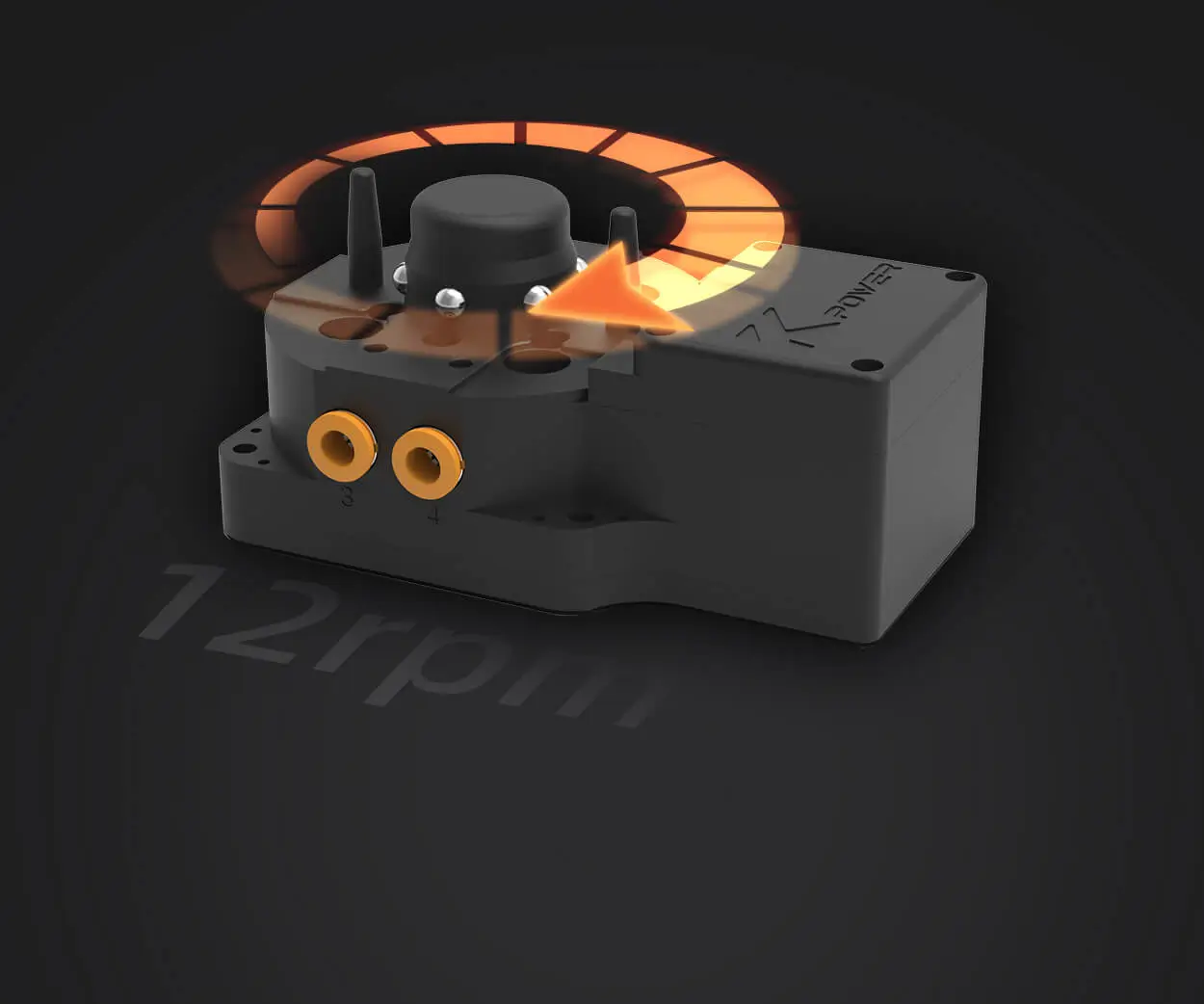Imagine a world where everyday devices—from tiny appliances on your kitchen counter to massive industrial robots—operate seamlessly, quietly, and efficiently. Behind this smooth choreography often lies an unsung hero: the gearmotor. But what exactly is a gearmotor? At its core, a gearmotor is a compact marvel—a device that combines a motor with a gear system to deliver precise movement and controlled power. Its primary purpose is to convert electrical energy into mechanical motion, but with an added finesse: it offers tailored speed and torque suitable for the task at hand.

To truly appreciate gearmotors, we must first understand their two fundamental components: the motor and the gear train. The motor, typically an electric motor, acts as the heart of the device. It converts electrical energy into rotational motion through electromagnetic principles. Depending on the application, this motor can be a brushed DC, brushless DC, AC induction, or even a stepper motor. Each type brings its unique advantages, influencing the gearmotor's performance, efficiency, and use cases.
The gear system, often called a gear train, is like the device’s backbone. It consists of multiple gears—circular wheels with teeth—that mesh with each other to transmit power from the motor shaft to the output shaft. The design of this gear train determines the gearmotor's output characteristics, notably its speed and torque. Essentially, gears are the company's way of mediating the motor's raw power into usable, controlled motion.
Why combine these two? Simply put, while a motor alone is good at producing rotational movement, it’s often not versatile enough for specific industrial needs. High-speed motors generate high rotational speeds but lack the torque necessary for heavier loads. Conversely, some applications demand slow, powerful movements, which a basic motor can't provide efficiently. The marriage of a motor with a gear train—the gearmotor—is thus a perfect solution to bridge this gap.
One of the key concepts to understand when talking about gearmotors is the gear ratio. This is a numerical value that determines how much the geartrain will alter the motor's speed and torque. For instance, a gear ratio of 10:1 means that the output shaft rotates at one-tenth the speed of the motor shaft but delivers ten times the torque. Adjusting this ratio allows designers to fine-tune the gearmotor for specific tasks—whether it's moving a robotic arm slowly with high torque or spinning a conveyor belt rapidly with less torque.
Let’s delve into the types of gear arrangements used in gearmotors. Some common configurations include spur gears, helical gears, bevel gears, worm gears, and planetary gears. Spur gears, for example, are simple and efficient and are frequently used in small, compact gearmotors. Helical gears are similar but produce smoother and quieter operation, ideal for applications requiring minimal noise. Worm gears are unique because they provide high gear ratios in a compact form and have the added benefit of offering a high degree of torque and braking capabilities. Planetary gears, also known as epicyclic gear systems, distribute the load among multiple gears, resulting in high efficiency and durability, especially in high-torque, compact applications.
The beauty of gearmotors is their versatility. You can find them powering conveyor belts in manufacturing plants, driving robotic arms in automation, operating medical devices, and even controlling window blinds or garage doors. They are a cornerstone of modern mechanical and electronic systems, seamlessly translating electrical commands into real-world movement with precision and power.
Technology advancements continue to expand the boundaries of gearmotor applications. Innovations in materials, miniaturization, and control systems—like variable frequency drives and smart sensors—have led to highly efficient, customizable gearmotors. For example, brushless DC gearmotors with integrated encoders allow for precise speed control and position feedback, essential in robotics and aerospace.
In summary, understanding what a gearmotor is involves appreciating its dual nature: a motor that provides motion and a gear train that manipulates this motion into desired speed, torque, and direction. It exemplifies the elegant harmony of mechanical engineering principles, designed to deliver optimal performance, durability, and efficiency across countless industries.
Stay tuned for part two, where we’ll explore the many types of gearmotors, their practical applications, how to select the perfect gearmotor for your needs, and the exciting future innovations ahead.
Kpower has delivered professional drive system solutions to over 500 enterprise clients globally with products covering various fields such as Smart Home Systems, Automatic Electronics, Robotics, Precision Agriculture, Drones, and Industrial Automation.




































